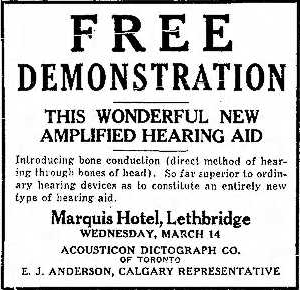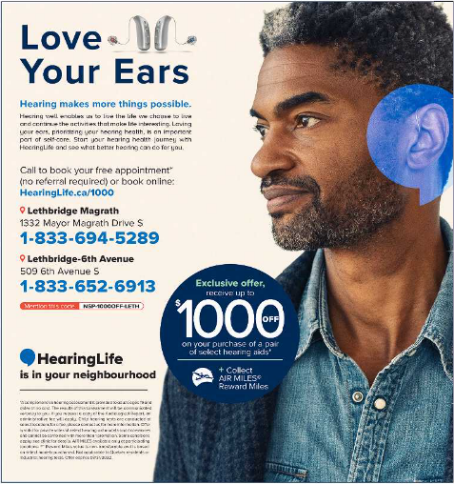Hearing Through Time
While deafness has existed in humans for as long as we’ve been around, the same cannot be said for hearing devices. Modern hearing technology is generally said to have started in the seventeenth century, with the invention of the ear trumpet (yes, the kind the old ladies use in cartoons). These unwieldy horns were the main method of hearing assistance, though by the dawn of the nineteenth century, Londoner Frederick C. Rein had started the first commercial firm to sell hearing devices; including the collapsible ear trumpet, which allowed its users to hide the device in their hair.
The first true hearing aid came about shortly after the invention of the telephone in 1876, which introduced new ways of distorting and managing specific frequencies. By 1898, Miller Reese Hutchinson had invented the “Akouphon” —the world’s first electric hearing aid. The device amplified weak signals via electric current using a carbon transmitter.
As with many fields, it was in the twentieth century that audio technology truly took off. Hearing aids were being commercially manufactured by the early 1900s, though still wildly different than those we know today. By the 1920s, vacuum-tube hearing aids were the device of choice. Around this time, the Lethbridge Herald featured an article about a 13-year-old London boy who “heard human voice for the first time.” It was reported that “the boy was taken before a speaking device, over which a foxtrot was transmitted. He quickly caught the beat, and to it, patted his feet rhythmically. Then a receiver was placed to his ear and he heard a voice.”
Further developments came in 1948, when a group of scientists created the transistor—this allowed for easier miniaturization, and the heavy, fragile vacuum-tube was soon left behind. New features were constantly explored; a brief Herald article from January 1950 discusses a “pocket-sized hearing aid which, at the turn of a switch, becomes a radio.”
Rapid improvements over the decades—from the invention of the microprocessor in the 1970s, to Bluetooth technology in the 2010s—soon allowed the devices to become the life-altering (and often nigh-invisible) devices we know today.
For more information about sound technology, and exactly how it impacts our day-to-day lives, visit the Politics of Sound exhibit at the Galt Museum, running until May 7, 2023.



